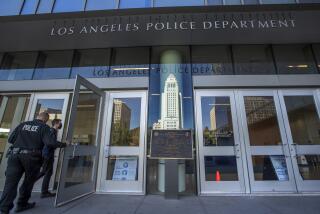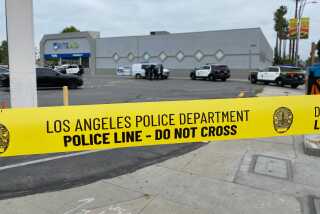Readers React: ‘Reasonable’ use of force by police changes with time and technology
To the editor: The U.S. Supreme Court’s landmark 1989 opinion on the use of force in Graham vs. Connor is often misunderstood. What is considered a “reasonable” use of force by police is not static. (“Police officers should help write, not shun, new use-of-force standards,” Feb. 16)
For example, Tasers were not widely available when the court issued its opinion; they are now commonly used as a less-lethal option when dealing with combative suspects. Whether an officer’s use of force was objectively reasonable includes examining what resources, such as a Taser, were in use even if the technology or tactic did not exist at the time of the Supreme Court’s decision.
The standard set forth in Graham is not permissive, as some argue, but rather it enables a robust, objective analysis of dynamic and sometimes deadly encounters. Moreover, many police agencies, including the Los Angeles Police Department, go beyond what is required under Graham by looking at the tactics used before, during and after the incident to ensure that strict department policies and procedures were followed.
Reasonableness, like all legal concepts, is subject to interpretation. If applied correctly, it enables a police agency to promote and enforce policies that both protect the public and reflect the capabilities of modern policing.
Arif Alikhan, Los Angeles
The writer is director of constitutional policing and policy at the LAPD.
Follow the Opinion section on Twitter @latimesopinion and Facebook
More to Read
A cure for the common opinion
Get thought-provoking perspectives with our weekly newsletter.
You may occasionally receive promotional content from the Los Angeles Times.










